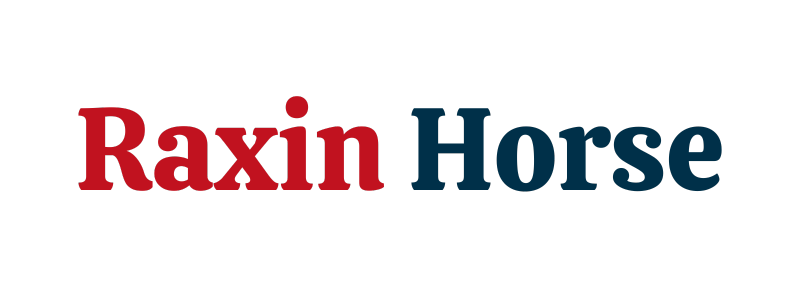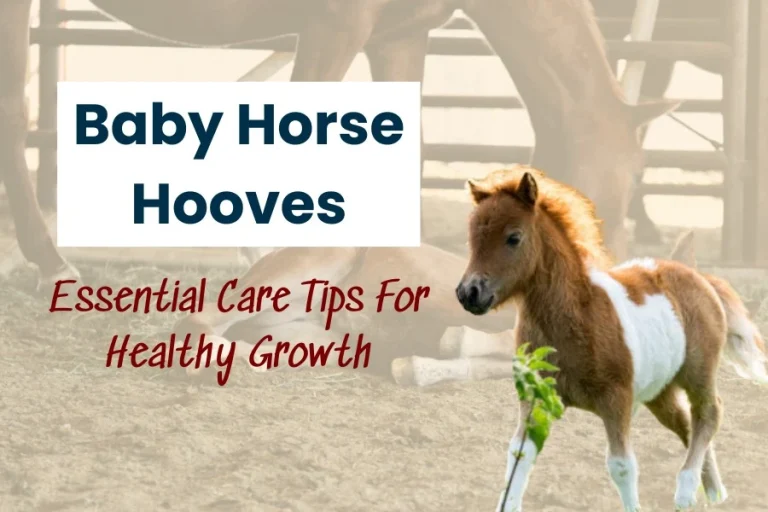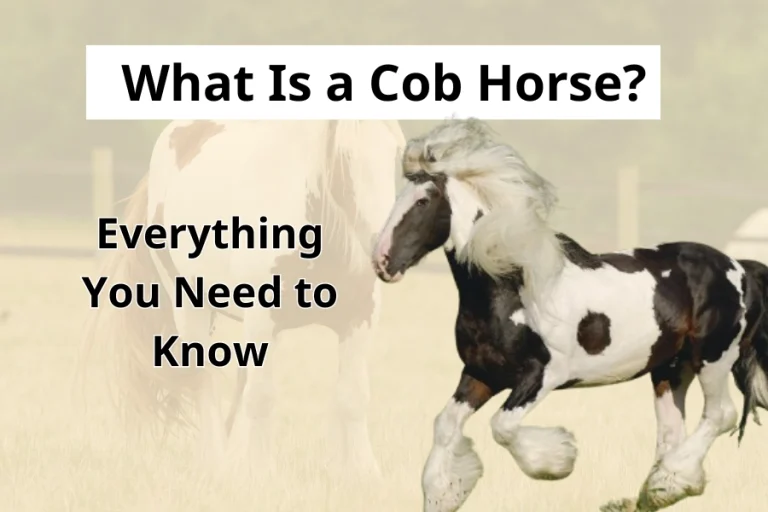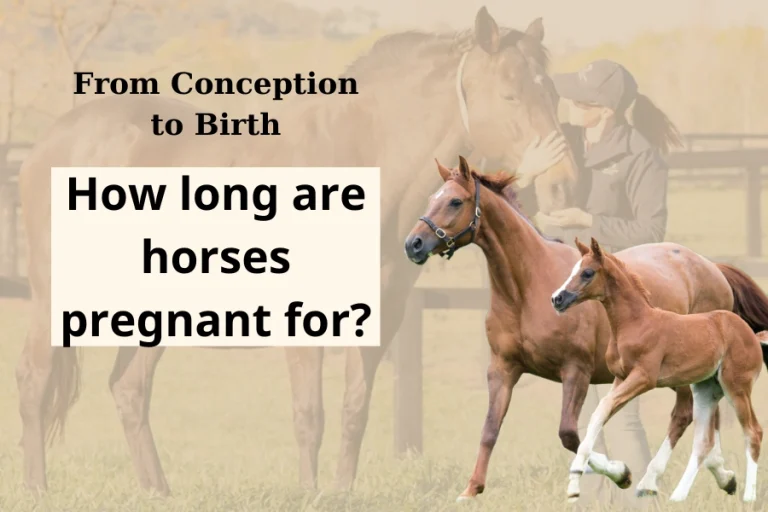What Is A Colt Horse: Everything You Need To Know
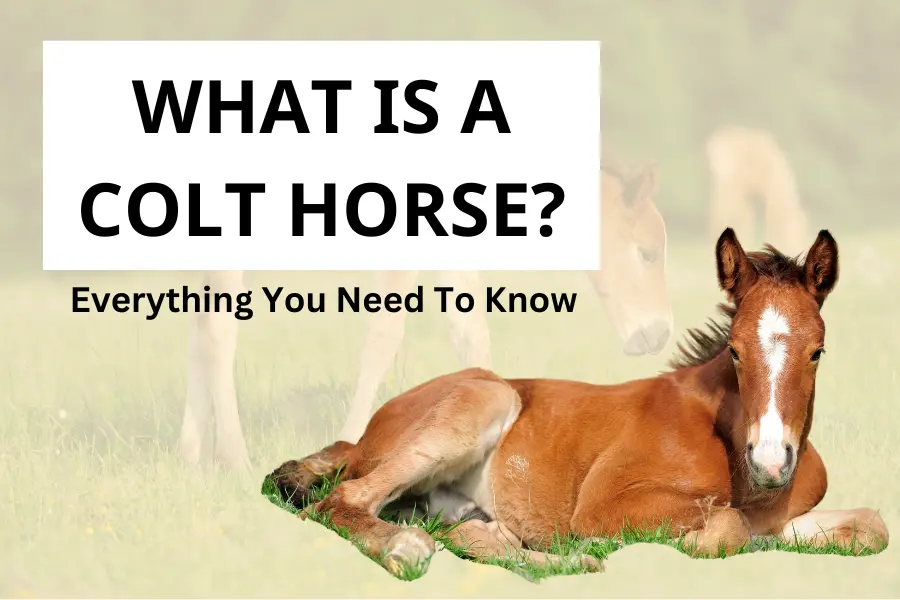
What is a colt horse? Colt horses are male horses that are below four years old, they are one of the types of horses that are worth exploring. Most colts are often characterized by their small build and slender body, with distinctive markings.
Colt horses are vigorous and vibrant, with a very curious disposition. They are often seen indulging in various playful gestures that include bucking, rearing, and chasing each other. Raxin Horse can help you get some insight into this classic species: the colt horse.
Definition of a Colt Horse
A colt is typically an undeveloped male horse that has not been castrated and is under four years of age. The term “colt” exclusively refers to young males in the horse, pony, donkey, or mule classes. Using “colt” and “filly” instead of “foal,” for example, makes it evident whether you are talking about young male horses or female ones.
Characteristics of a Colt Horse
The characteristics of a colt horse are really interesting, check out the information below:
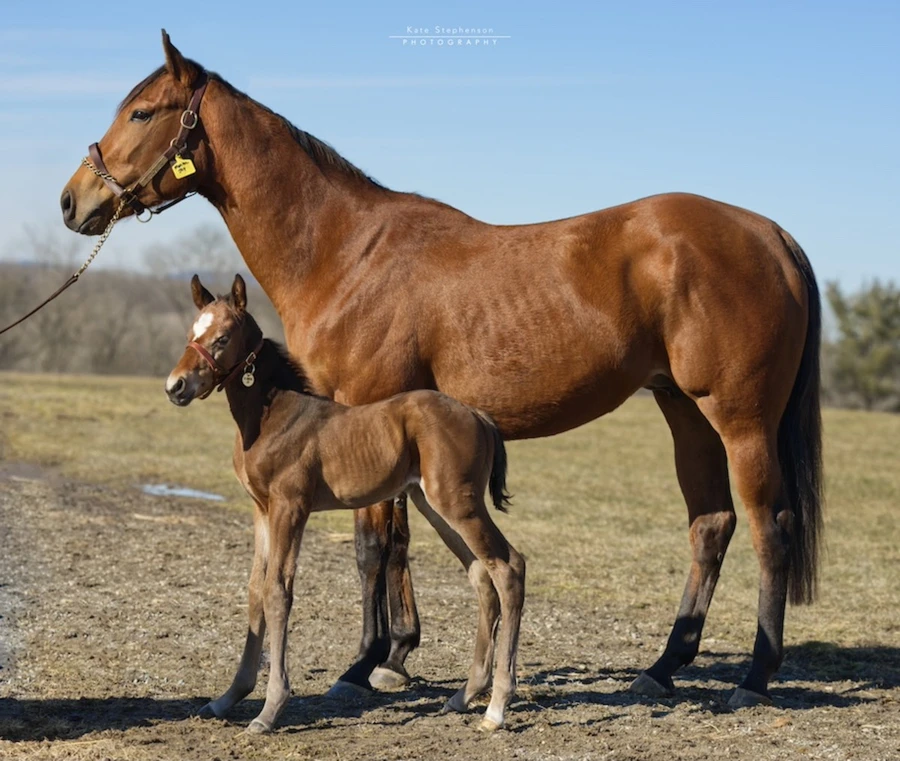
Physical Development
Colt usually grows faster than fillies, especially when gelded at an early age. Colt also has some physiological differences from fillies as they tend to be larger, with greater muscularity. They can also show more accentuated male features, such as a thicker neck and a more prominent crest.
Behavior
Meanwhile, there is no scientific evidence that proves fillies are smarter or nurse sooner after birth than colts. These have been myths that have prevailed over time. Most people also claim that colts are normally bolder than fillies. However, studies dating as far back as 2010 prove otherwise1. The individual character in colts and fillies spans so widely that it proves the hypothesis.
Colts are playful animals because they spend most of their time playing games such as bucking, rearing, and chasing. Colts are inquisitive; this sometimes gets them into trouble because they try to investigate everything.
Difference Between a Colt and a Filly
So, how can you know what is a colt horse? Sections below outline differences, according to gender, age, castration, maturity, and breeding.
Gender
Young female horses are known as “filly,” whereas young male horses are known as “colt.”
Age
Colts and fillies are generally considered yearlings until the last day of their fourth year. But, some associations of race tracks may permit fillies, up to the age of five years.
Castration
The intact male that has not been castrated is a “colt” but a colt that has been castrated is called a “gelding.” Castration in horses is quite common for various reasons, such as easier handling and avoiding breeding. It also helps reduce aggression.
Maturity
A colt becomes a “stallion” at the age of four, indicating that he is an adult male horse capable of procreation. Stallions are often utilized in breeding for horse racing and various equestrian disciplines.
Breeding
A stallion becomes a “sire” after successfully covering a mare and producing a foal, valued for passing desirable traits to future generations. “Dam” is used to describe a mare after foaling. Dams supply half of a foal’s genetics.
Colt Training and Care
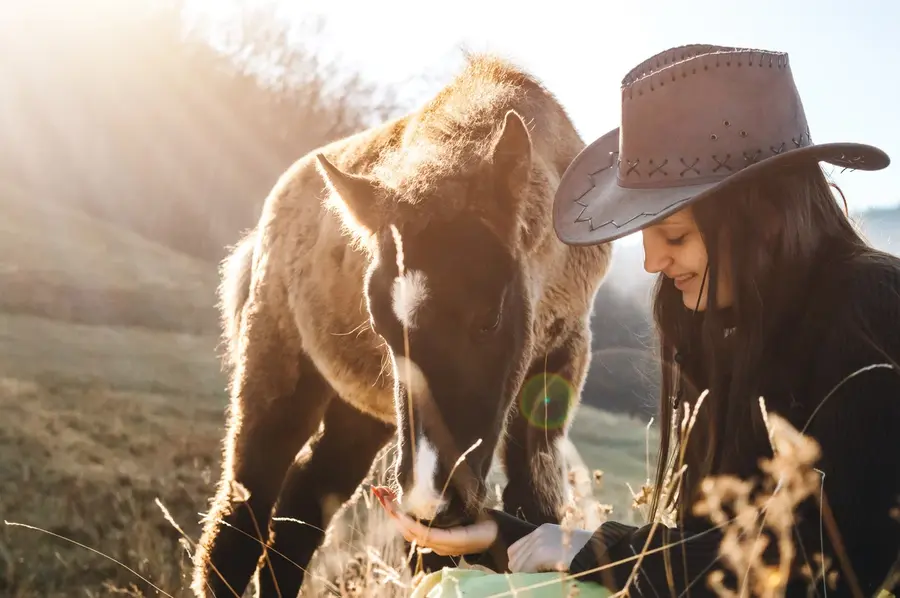
Socialization, groundwork, handling, and leading are a few basic skills. Good care involves proper feeding, grooming routine, and taking the colts to a veterinarian. Training should include vaccinations and deworming for the overall development of the horse.
Nutrition
Proteins, carbohydrates, fats, vitamins, and minerals are essential for proper growth and development in a colt. Grass and hay are irreplaceable components in a colt’s diet. They provide fiber that is needed for good digestion and prevent colic. Although grains can form a supplementary portion of the diet of a colt when fed excessively, they cause obesity. Raxin Horse recommends you always seek the advice of a veterinarian before administering supplements to a colt.
Visit the “Horse Feed” guide from Raxin Horse for better colt training and care.
Grooming
Brushing helps remove dirt, sweat, and loose hair, stimulates blood flow, and maintains a colt’s skin condition. Regularly trim hooves to prevent overgrowth or cracking, and check for lameness or injury.
Veterinary Care
Colts should be vaccinated against common equine diseases such as tetanus, equine encephalitis, and influenza. Deworming should be done regularly to rid the animal of worms and parasites like roundworms, tapeworms, and strongyles. Colts should have regular health checks by the veterinarian for signs of illness or injury. At a minimum, once every 12 months, a veterinarian should replace a colt’s teeth. Dental issues are also factors that worth-considering as the pain and discomfort will affect he colt’s ability to eat properly.
Exercise
Colts need some exercise each day to maintain health and fitness. This may be turnout in a pasture or paddock or ridden/driven work. Because horses are social animals, they can gain from a little social time spent with other horses.
Training
Socialization is very significant in the life of a colt because he needs to be exposed to people, places, and different situations. Groundwork training teaches Colts basic obedience commands, such as leading, stopping, backing, and yielding to pressure.
Colt handling needs to be done periodically to make them comfortable with touching and handling by people. Colts may be trained for riding or driving; however, it is a job to be done progressively.
These are just general methods to take care of your colts, you can visit professional websites for horses like USEF, AQHA, and TheHorse for updated news and knowledge.
Colt Development and Maturity
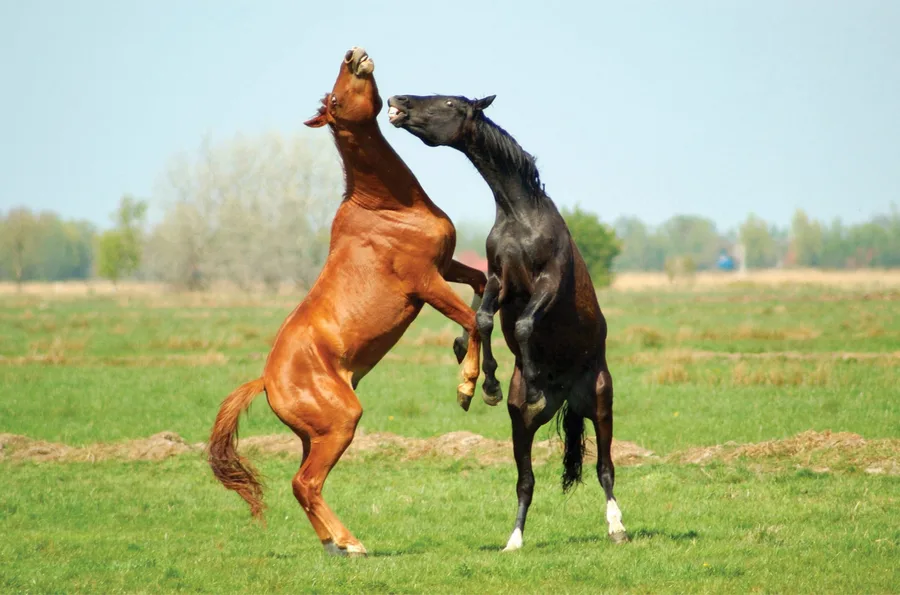
Colts develop through three stages: the foal stage (dependent on the mother), the yearling stage (weaning and independence), and the two-year-old stage (continued growth and maturity).
Foal Stage (0-6 Months)
At the foal stage, colts rely heavily on the mare for nutrition and protection, nursing frequently and staying close to her. During this stage, colts grow up very fast. They quickly add weight and height, and their physical features start developing. Furthermore, foals are energetic and enjoy playing with other horses.
Yearling Stage (6-12 Months)
During the yearling stage, most colts begin weaning and shifting from the mare’s milk to solid food. As weaning begins in colts, they become more independent, too. They begin to wander around their surroundings all by themselves. Yearlings continue with growth and physical development. The colts experience growth in both height and strength, with their muscles beginning to develop.
Two-Year-Old Stage (12-24 Months)
The colts reach sexual maturity during the two-year-old stage. This is the period when they can start breeding. The colt grows further physically. They reach full height and weight with fully developed muscles. When colts mature, they may become more assertive and dominant. As well, the male colt starts to show more pronounced masculine behaviors. He begins challenging other horses for dominance. At this development stage, the horses also know how to neigh as a way of communication.
Factors Affecting Colt Development
A colt’s genetics has a huge impact on the overall development of the colt himself. Some colts grow faster or slower than others due to their parentage. In addition, some rare breeds of horses will grow differently than normal breeds. A colt also develop differently based on what they eat. He needs a well-balanced diet that is going to provide him with the correct nutrition for him to grow and be healthy. Climate, pasture quality, and social interaction affect a colt’s development.
Bottom Line
To summarize, the answer to the question “What is a colt horse?” is quite simple right? Colt is a young male horse, he has some distinct characteristics and needs. Knowing his developmental stages, requirements for training, and health issues will help him stay at his best. Appropriately raise your colt, and you’ll be ensuring a healthy, satisfying life for him.
- Lesté-Lasserre, P. by Christa. (2018, February 11). Behavioral differences between Colts and fillies examined. The Horse. ↩︎
